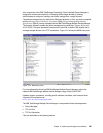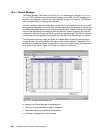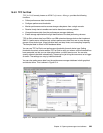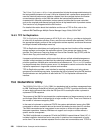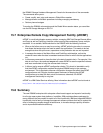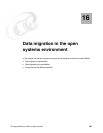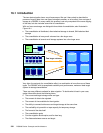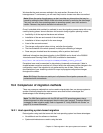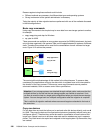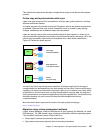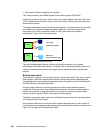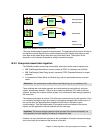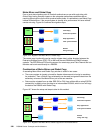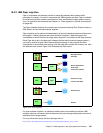
Chapter 16. Data migration in the open systems environment 335
We describe the most common methods in the next section. Be aware that, in a
heterogeneous IT environment, you will most likely have to choose more than one method.
Once it is decided which method (or methods) to use, the migration process starts with a very
careful planning phase. Items to be taken into account during migration planning include:
Availability of all the required hardware and software
Installation of the new and removal of the old storage
Installation of drivers required for the new storage
A test of the new environment
The storage configuration before, during, and after the migration
The time schedule of the whole process, including the scheduling of outages
Does everyone involved have the necessary skills to perform their tasks?
Additional information about data migration to the DS8000 can be found in the
DS8000
Introduction and Planning Guide
, GC35-0495, available for download at:
http://www-1.ibm.com/servers/storage/disk/ds8000/pdf/DS8000_planning_guide.pdf
Exceptional care must be exercised in data sharing (clustered) environments. If data is
shared between more than one host, all of them have to be made aware of the changes in the
configuration, even if the migration is only performed by one of them. Refer to the
documentation of your clustering solution for ways to propagate configuration changes
throughout the cluster.
16.2 Comparison of migration methods
There are numerous methods that can be used to migrate data from one storage system to
another. We briefly describe the most common ones and list their advantages and
disadvantages in the following sections.
16.2.1 Host operating system-based migration
Data migration using tools that come with the host operating system has these advantages:
No additional cost for software or hardware
System administrators are used to using the tools
Note: When discussing disruptiveness, we don't consider any interruptions that may be
caused by adding the new DS8000 LUNs to the host and later by removing the old storage.
They vary too much from operating system to operating system, even from version to
version. However, they have to be taken into account, too.
Note: IBM Global Services can assist you in all phases of the migration process with
professional skill and methods.
Note: The IBM iSeries platform with the OS/400 and i5/OS operating systems has a
different approach to data management than the other open systems. Therefore different
strategies for data migration apply. Refer to Appendix B, “Using DS8000 with iSeries” on
page 373, for more information.



